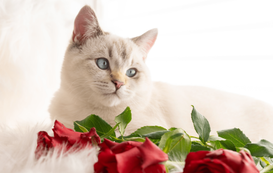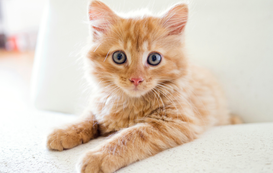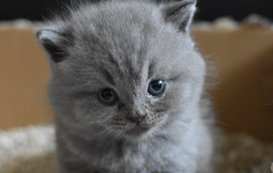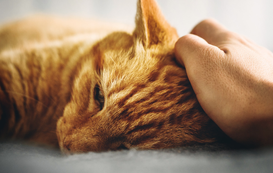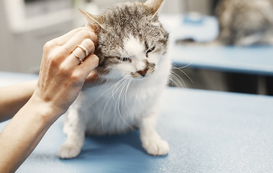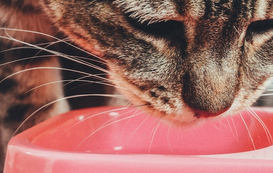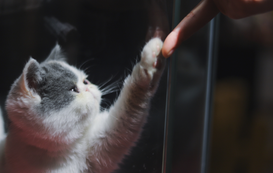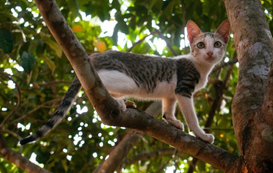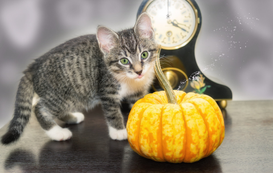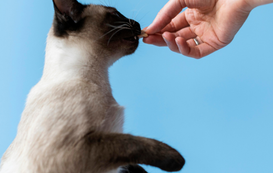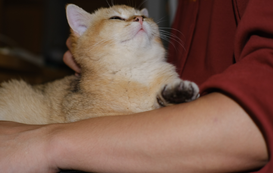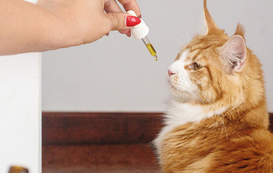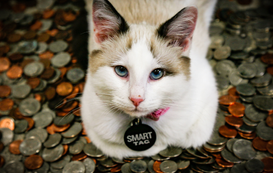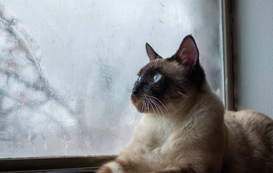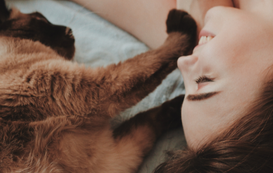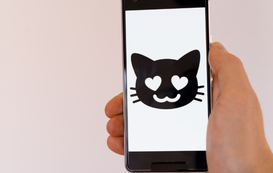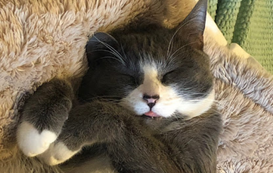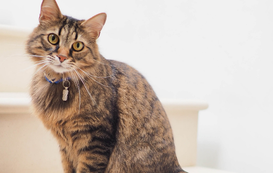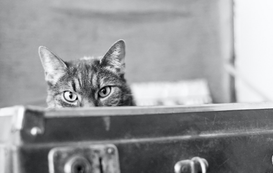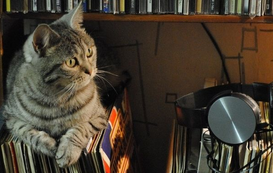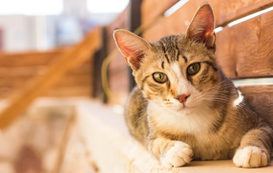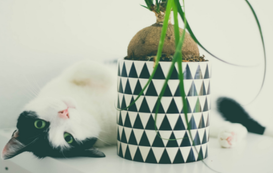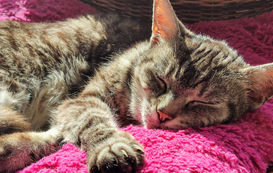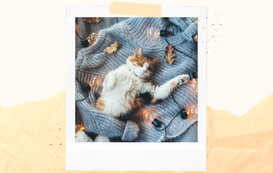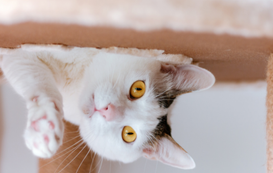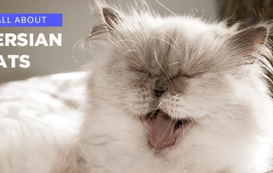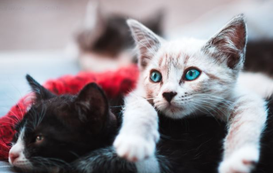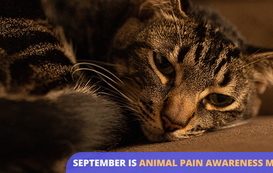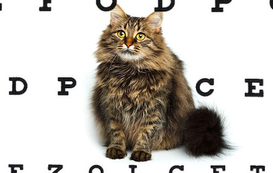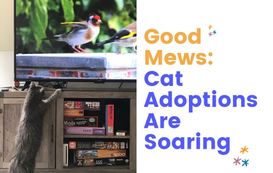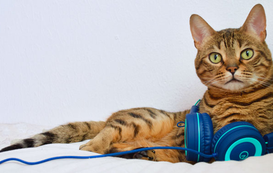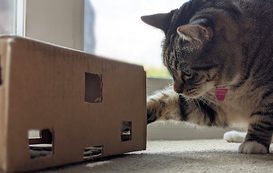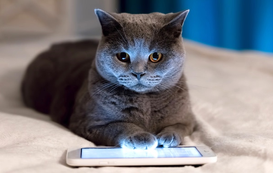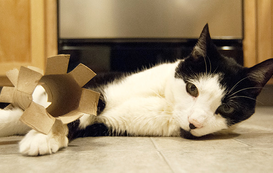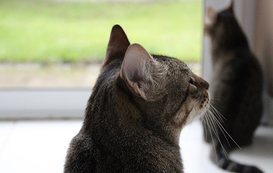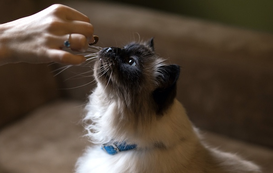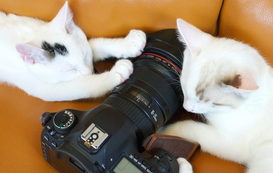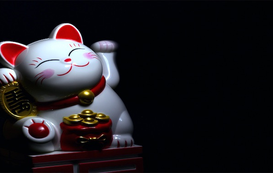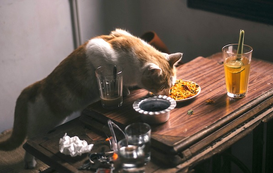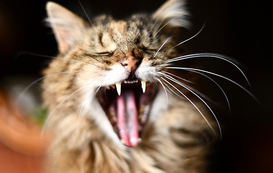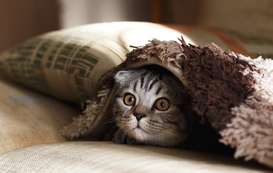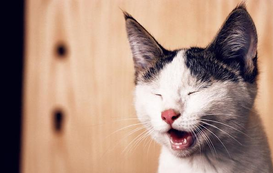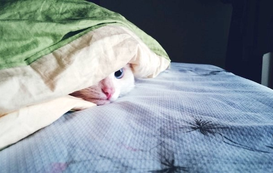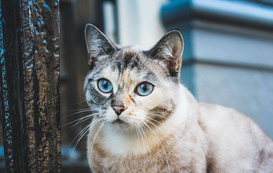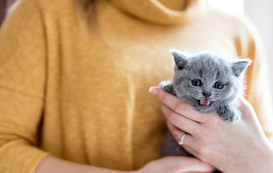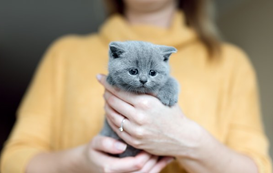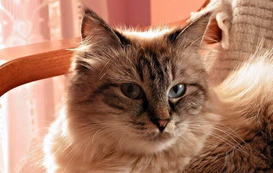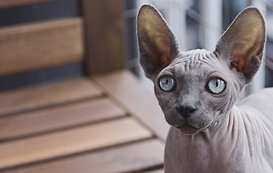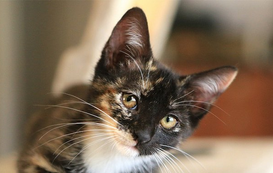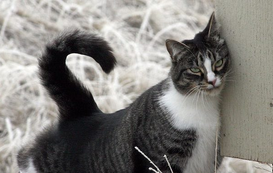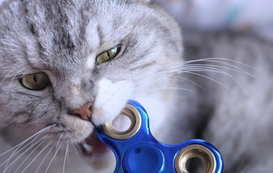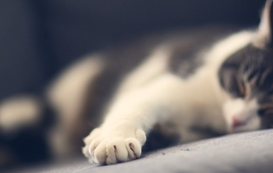- Home
- Cat Sitter Blog
- Cat Health
- All About Polydactyl Cats
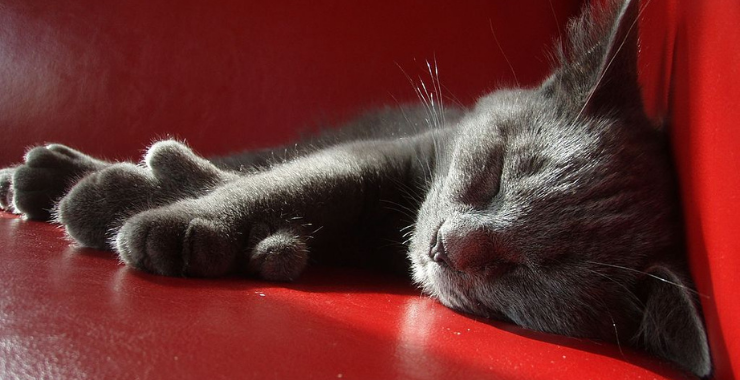

Popular posts
All About Polydactyl Cats
As any cat lover will no doubt agree, kitty paws are just about the cutest thing on the planet. They’re so soft and round and boop-able! If you’ve been around cats for any amount of time, you’ve probably noticed that not all paws are created equal. Some are a little “different” than the rest. At first glance, they might simply seem larger than average, but if you look closer, you’ll realize they actually have extra toes.
These special kitties are known as polydactyl cats. “Polydactyl” comes from the Greek word polydaktylos and the French word polydactyle. “Poly” means many, and “dactyl” refers to fingers or toes.
Cats normally have a total of 18 toes—five on each front paw and four on each back paw. Even though polydactyl cats have more than 18, that doesn’t mean they’ll always be evenly distributed across their paws. For example, only one paw might have an extra toe or two while the others don’t. And the extra toes can be found in different locations on each paw.
Want to learn more? Then read on to find out even more interesting facts about these adorable felines.
What causes some cats to be born with extra toes?
Polydactyly is caused by a genetic mutation in a dominant gene, and as many as seven toes can form on a cat’s paw as a result. Don’t worry—the mutation is not a result of inbreeding. Front paws are affected more often than rear paws, though it’s very rare for all four paws to be affected. Any breed, size, and color of cat can display this gene mutation, and it occurs in male and female cats about equally.
Polydactyl cats are more common in certain parts of the world. You’ll find a higher percentage of the big-footed beauties in western England, Wales, and the eastern United States and Canada, probably because of the number of these kitties who hitched a ride on ships crossing the Atlantic many years ago.
Is polydactyly dangerous?
Not at all. There’s nothing wrong with your extra-toed furry friend—the condition is harmless and doesn’t come with any hidden health risks. There is one potentially dangerous condition that often gets confused with polydactyly because it also leads to the development of extra toes, but this condition - feline radial hypoplasia - also affects the radius bones in a cat’s legs, causing them to grow abnormally short and twisted. The extra toes of a cat with radial hypoplasia form right next to the normal toes and make the cat’s feet look unusually large and flat. This condition is commonly called “patty feet” or “hamburger feet,” and if cats with radial hypoplasia are bred, their kittens could be born severely disabled. Thankfully, radial hypoplasia isn’t caused by the same genetic mutation as polydactyly, so the two conditions aren’t related in any way.
“Hey, that cat has thumbs!”
Some polydactyl cats look like they have “thumbs” or like they’re wearing mittens over their paws. That happens when an extra toe forms in the middle of the side of the paw.
In spite of how it looks, your cat’s “thumb” isn’t opposable, so you won’t have to worry about them sneaking your credit card out of your wallet and ordering catnip in bulk from Amazon!
Being polydactyl has its advantages
Having extra toes can actually be a big help to a cat. Aside from the fact that many people find kitties with extra toes to be extra-adorable, the wider, larger paws of polydactyl cats make things like climbing, balancing, and hunting easier for them.
Polydactyl cats were also considered good luck by sailors, who brought them along on voyages through the North Atlantic during the shipping trade of the 1800s. These special-footed kitties were highly valued for their mouse-hunting ability aboard ships, and their bigger, wider paws made balancing in the rough waters easier.
Ernest Hemingway absolutely adored polydactyl cats
A sea captain gave the famous author a white polydactyl kitten named Snow White in the 1930s, and Hemingway’s infatuation with the multi-toed felines was born. His affection for polydactyls was so well-known that people started calling them Hemingway cats. Snow White grew up to be the ancestor of some of the 40-50 cats who still live on Hemingway’s estate to this day.
Many Maine Coons are polydactyl
Out of all breeds, the Maine Coon has the highest percentage of polydactyl cats—at one point in time, 40% of Maine Coons were polydactyl. Those extra toes must have come in handy in a state that can get more than 100 inches of snow in a year. Imagine how much easier chasing mice and rabbits would be when you have a built-in set of snowshoes!
While not officially recognized by all cat clubs and associations, there are two breeds of polydactyl cat around today: the Polydactyl Maine Coon and the American Polydactyl. The American Polydactyl has specific physical and behavioral requirements in addition to extra toes. These cats are very popular and can sell for anywhere between $300 and $500 each.
One for the record books
The Guinness World Record for the cat with the most toes goes to Jake the tabby from Canada. In 2002, his vet counted 28 total toes and verified that each one had its own separate bone structure, pad, and claw. That’s ten more toes than normal!
Take Care
While sporting extra toes doesn’t mean anything is physically wrong with your cat, it’s very important to make sure their special paws are well looked-after. An extra claw can sometimes develop between their “thumb” and the rest of your kitty’s paw, and if it’s not clipped regularly, it can embed itself into their paw-pad or foot and cause lots of pain, and possibly get infected.
It’s official: polydactyl cats are downright adorable. And at Meowtel, we couldn’t agree more! Our trusted and insured sitters are ready and waiting to make your next trip away from home an extra-pawsitive experience for you and your favorite feline.
Photo by Ståle Johnsen - Self-photographed, CC BY-SA 3.0





